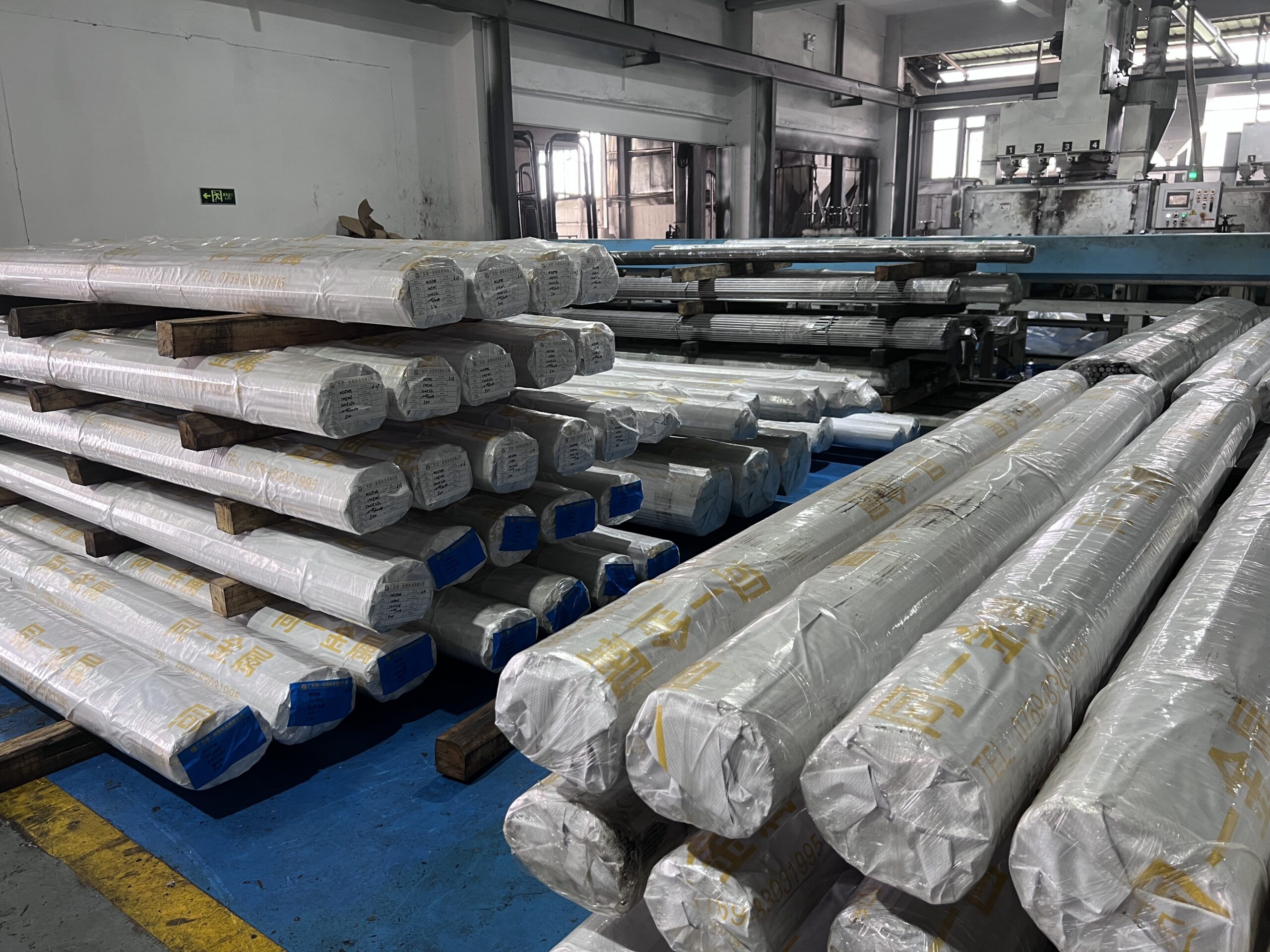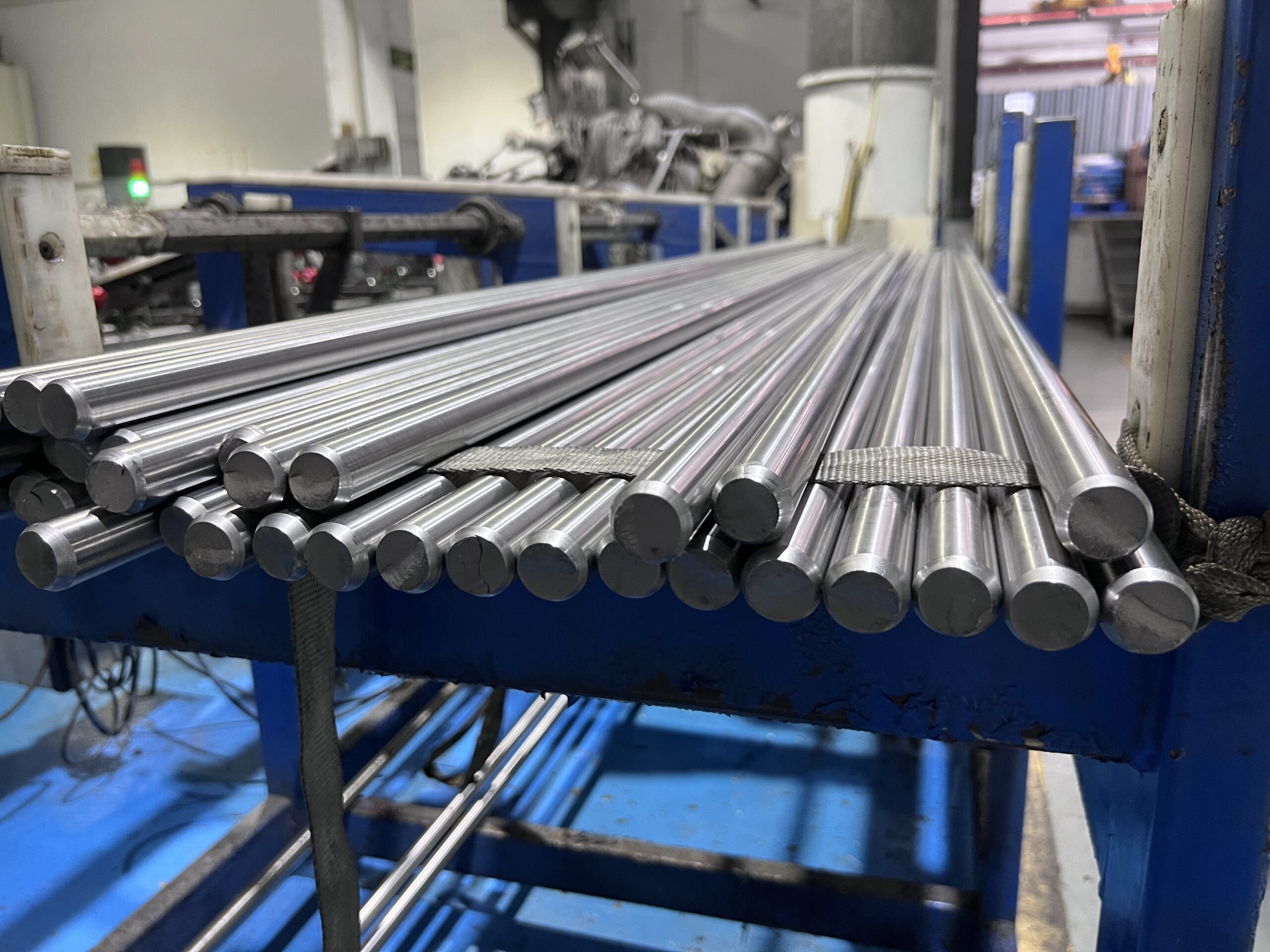In the world of precision machining, one of the most common challenges faced during heat treatment is deformation and cracking. When the hardness increases, the material often becomes brittle, resulting in unpredictable distortion of finished parts. For manufacturers seeking both strength and dimensional stability, 420F tempered stainless steel bars offer a reliable solution. These bars maintain consistent hardness without cracking, making them ideal for shafts, gears, and wear-resistant mechanical parts.
1. What Is 420F Tempered Stainless Steel
420F is a martensitic stainless steel that contains sulfur (S) for improved machinability compared to standard 420. After tempering and quenching, it achieves high hardness while maintaining good toughness. It’s widely used in parts that require both wear resistance and ease of machining, such as valve seats, fasteners, and precision tools. The tempering process adjusts the internal structure to balance strength and ductility, ensuring that the bar remains stable even after heat treatment.
2. Composition and Mechanical Properties
The following table shows the typical chemical composition and mechanical characteristics of 420F tempered stainless steel:
| Element | Composition (%) | Function |
|---|---|---|
| C | 0.28–0.35 | Provides hardness and strength |
| Si | ≤1.00 | Improves oxidation resistance |
| Mn | ≤1.25 | Enhances hot workability |
| P | ≤0.040 | Improves strength |
| S | 0.15–0.35 | Enhances machinability |
| Cr | 12.0–14.0 | Provides corrosion and wear resistance |
| Fe | Balance | Base metal |
| Property | Condition | Typical Value |
|---|---|---|
| Hardness (HRC) | After tempering | 28–36 |
| Tensile Strength (MPa) | Quenched & tempered | 700–950 |
| Elongation (%) | Quenched & tempered | ≥15 |
| Yield Strength (MPa) | Quenched & tempered | ≥600 |
3. Why 420F Bars Are Stable After Heat Treatment
Unlike ordinary martensitic steels that easily distort or crack, 420F’s balanced sulfur content and optimized tempering cycle make it highly stable. The addition of sulfur refines the grain boundaries and reduces residual stress. Moreover, during tempering, heat treatment parameters are carefully controlled:
-
Tempering temperature: 200–400°C depending on target hardness.
-
Slow cooling rate: Prevents thermal shock and stress concentration.
-
Double tempering option: Ensures uniform microstructure and internal balance.
This process results in high dimensional accuracy, stable hardness, and minimized cracking risk.
4. Processing and Machining Performance
420F offers excellent machinability due to its sulfur-enhanced composition. The tempered structure allows easy turning, milling, and drilling without tool wear. Surface finishes can reach Ra 0.4 μm or better after grinding, making it suitable for high-precision parts. It also responds well to polishing and surface treatment such as hard chrome plating or nitriding.
Machining recommendations:
-
Cutting speed: 25–35 m/min for turning.
-
Feed rate: 0.1–0.3 mm/rev.
-
Use coolant to reduce tool temperature and improve surface quality.
5. Comparison with Other Materials
| Grade | Machinability | Hardness Stability | Crack Resistance | Typical Applications |
|---|---|---|---|---|
| 420 | Medium | Fluctuates after heat treatment | Moderate | Cutlery, molds |
| 420F | Excellent | Stable after tempering | High | Shafts, valves, gears |
| 430 | Poor | Soft, not heat-treatable | Very high | Decorative, non-structural |
| 304 | Excellent | Non-hardenable | High | Corrosion-resistant components |
6. Typical Applications of 420F Tempered Bars
420F tempered stainless steel bars are preferred in precision industries requiring strength and dimensional control:
-
Automotive parts: gear shafts, hydraulic pins, pump components.
-
Mechanical manufacturing: spindles, connectors, and wear plates.
-
Instrumentation: valve stems, precision fasteners, and guide rods.
-
Tooling: cutting fixtures, calibration rods, and forming tools.
7. Advantages of Choosing Tongyi Metal’s 420F Bars
Tongyi Metal ensures each 420F tempered bar undergoes strict quality control, including:
-
Precision melting and vacuum refining for consistent composition.
-
Controlled tempering to stabilize hardness between HRC 28–36.
-
Full-length straightness testing within 0.03 mm/m.
-
Optional centerless grinding and surface polishing.
-
Mill Test Certificates (MTC) provided for all shipments.
Summary
420F tempered stainless steel bars offer an optimal balance of machinability, hardness, and toughness. Compared with conventional 420 materials, 420F significantly reduces cracking and deformation during heat treatment. For manufacturers seeking consistent hardness and reliable mechanical performance, Tongyi Metal’s precision 420F tempered bars are an excellent choice for high-demand industrial applications.







